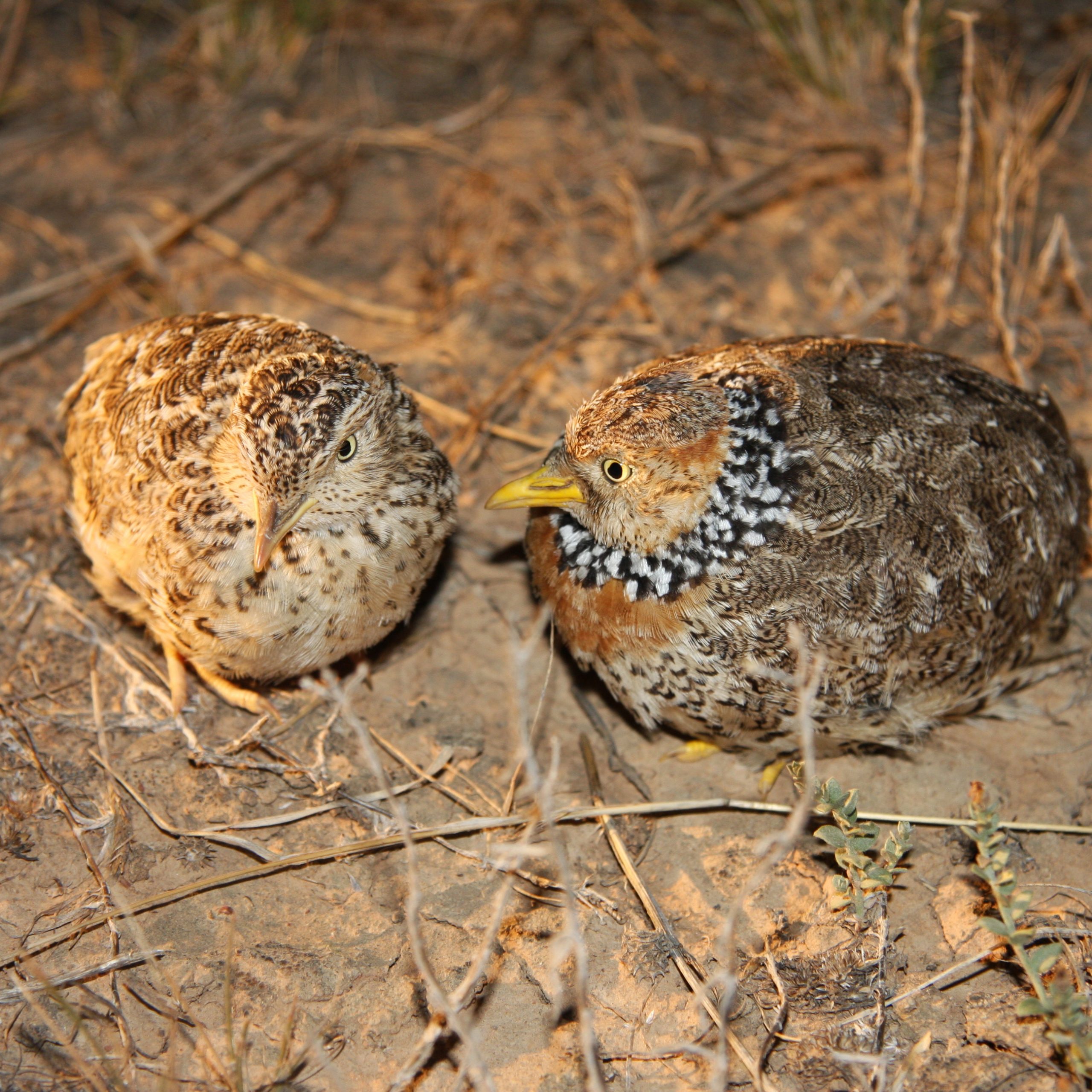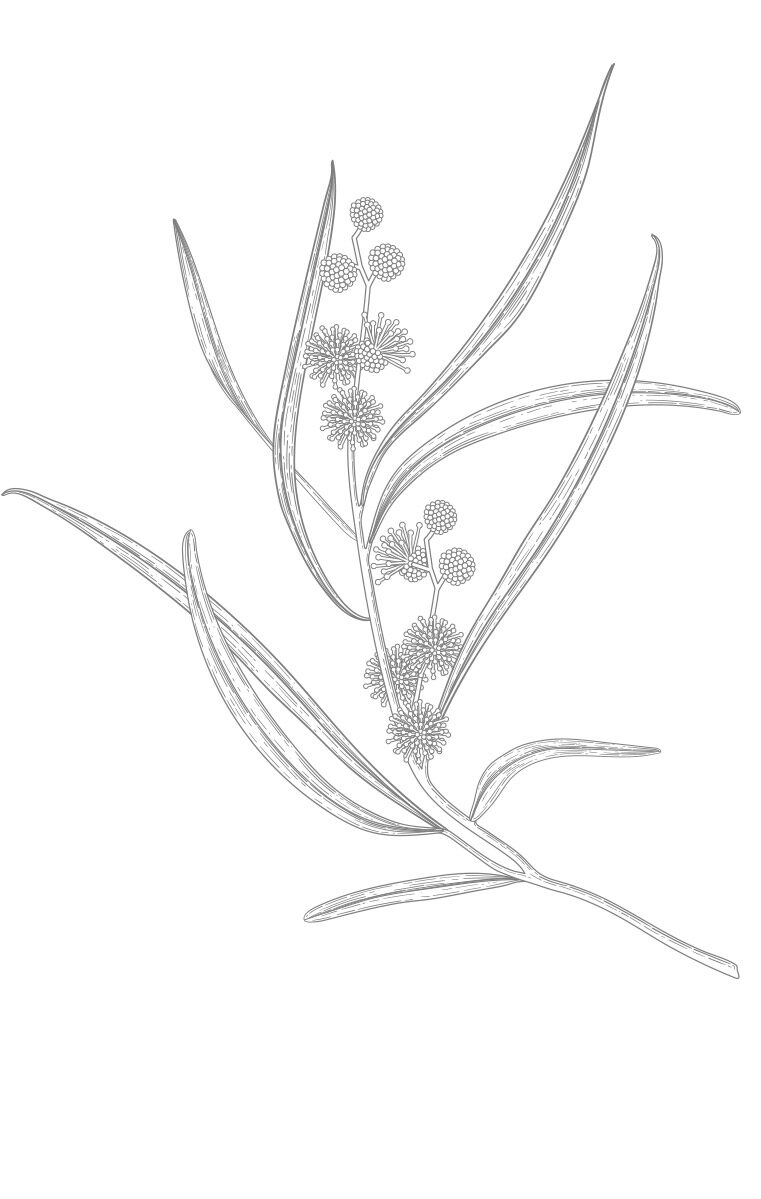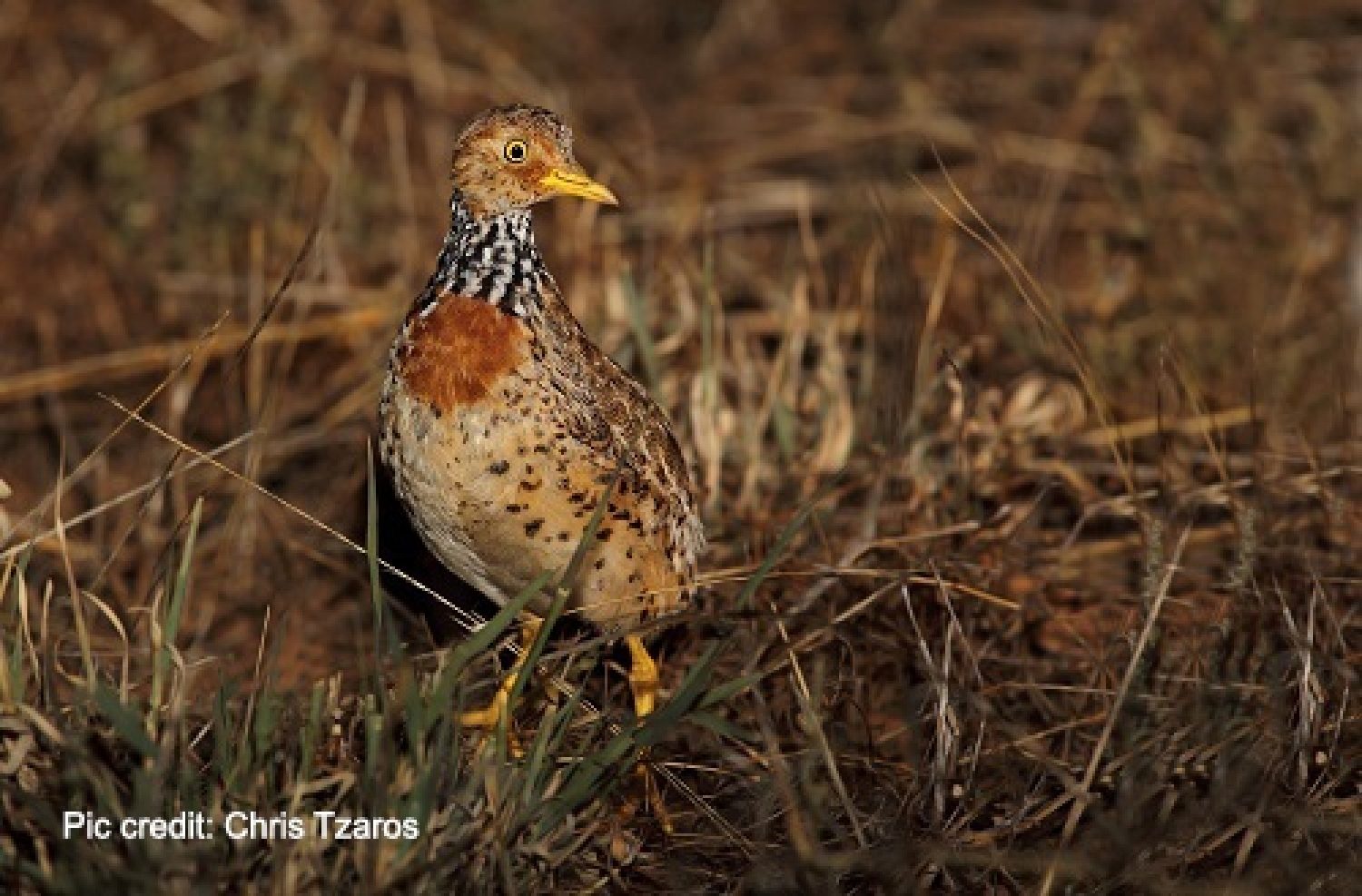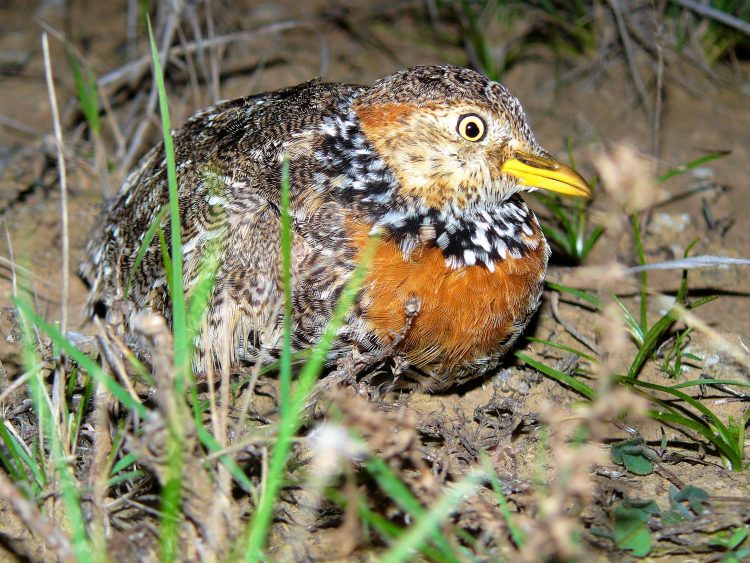Protection underway for Gippsland island
A Victorian island is set to become the state’s first freehold island to be legally protected under covenant.
Flannagan Island, off Lakes Entrance, is 77 ha and is one of just a handful of islands that are privately owned in Victoria.
The island is part of the internationally significant Ramsar listed Gippsland Lakes, recognised for its environmental values.
The owner of Flannagan Island has volunteered to place a conservation covenant on the property, an agreement that is tied to title and will remain in place even when the island changes hands. They see this as a unique and special opportunity to leave a legacy for wildlife, habitat, and endangered species.
Trust for Nature’s Gippsland area manager Robyn Edwards said it’s commendable that the owner had the foresight to agree to put a covenant on the property ensuring it is looked after for future generations, joining more than 1,400 landholders across the state who have conservation covenants.
Robyn said, “This is an unusual covenant and it’s the first time we’ve placed one on an island. The landholder is making a significant contribution to the protection of waterbirds and migratory birds on the Gippsland Lakes.
“Flannagan Island is extremely important because it provides habitat for water birds and migratory shorebirds such as the nationally threatened Hooded Plover and Bar-tailed Godwit, the state threatened Royal Spoonbill, Eastern Great Egret and Little Egret.”
Much of the Island is covered with Swamp Scrub and Estuarine Wetland that are in good condition but the surrounding woodlands are degraded or cleared.
Past goat farming has impacted on the island’s plants, and vegetation is starting to recover now that they’re been removed.
Robyn said, “The removal of livestock has changed the trajectory of the island’s biodiversity, this is reflected in the regeneration of Swamp Paperbark and native tussock grasses.
“The degraded sections of the woodland have the potential to be restored, with the presence of mature Gippsland Red Gums and Southern Mahogany trees providing excellent foundations for potential revegetation works.”
The covenant will protect a range of threatened plant communities including Coast Banksia Woodland, Swamp Scrub, Damp Sands Herb-rich Woodland, and Estuarine Wetland/Saltmarsh.
This project is funded by the Victorian Government for the Gippsland Lakes. It enabled not only the permanent protection of the island but it also allowed for important weed control, providing an important start to habitat restoration in the cleared section of the Island.
Media contact
Kathy Cogo, Media and Communications Manager, Trust for Nature, 0466 015 183, kathyc@tfn.org.au.




